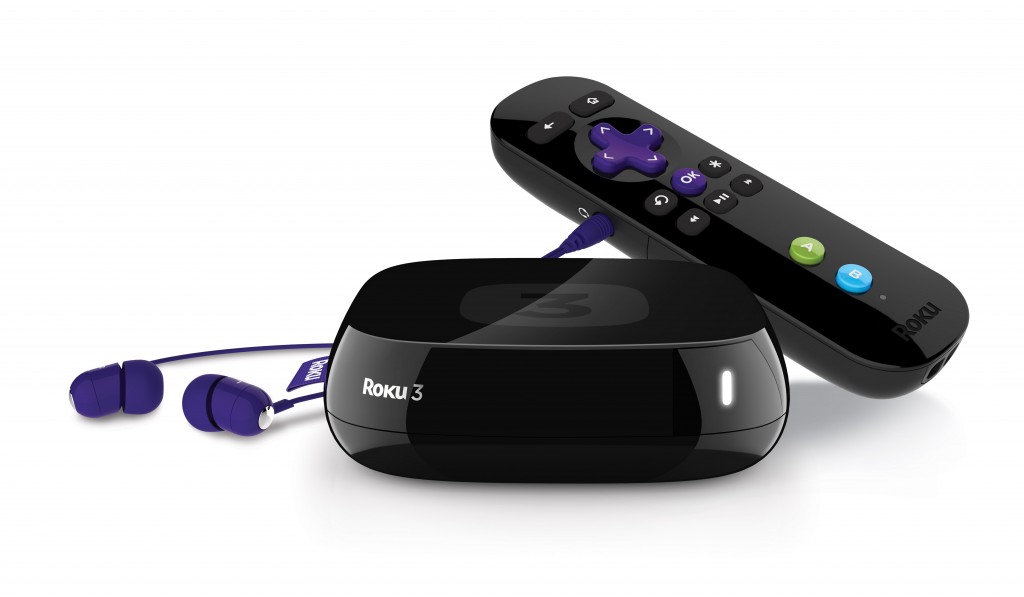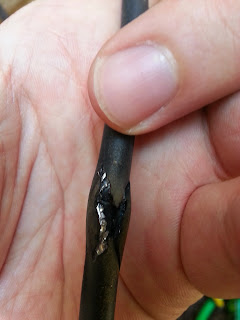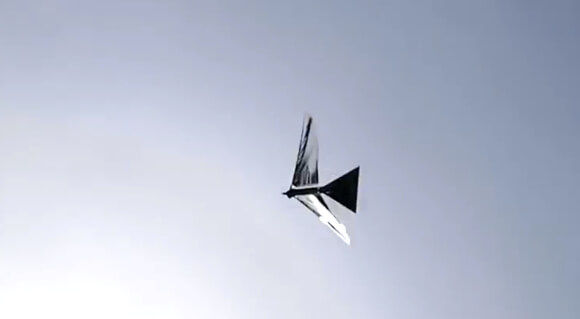It all started when we simply got tired of paying for channels we dont use, paying/leasing for local content storage devices, frustrated with poor quality content and commercials our kids were exposed to, and wondering why content needs to be live when almost 100% of our viewing was DVR'd previously. We simply wanted entertainment "our way".
While cord-cutting it isnt necessarily either the cheapest or easiest way to get access to content, we are reminded of the quality of entertainment difference when visiting a Cabled friend. We have access to almost all movies / series / music / YouTube commercial-free, on-demand instantly, curated, beautiful HD quality, and accessible via any device in our house or in our possession.
It started for us in 2010 with Roku, possibly one of the best initial cord-cutting devices ever produced. Having convenient access to Netflix on-demand was a huge benefit alone at the time with an unexpected ability to curate the shows made available to our younger daughter via restrictions on the watchlist. Soon after Amazon instant video augmented our Netflix selection with pay-per-view content that wasnt available anywhere else. In the months following, we used cable-tv less and decided to give it up completely shortly after.
We now enjoy our Roku and Chromecast boxes on every TV giving us access to Netflix / Amazon VoD / Hulu Plus / Vudu / Ultraviolet / Google Play / NASATV / Pandora / SmugMug.
 Sports / News / Olympics - Anything that we need to view live or not available via internet content delivery comes over Broadcast HDTV. We simply use the existing Coax wiring in the house to provide that to all devices that need it. We watch the news every morning, saw most of the Olympics, and watch a few other sporting events on occasion (Football / NASCAR). If I have the urge to watch something not available, I usually head to a pub and enjoy the event with others ;)
Sports / News / Olympics - Anything that we need to view live or not available via internet content delivery comes over Broadcast HDTV. We simply use the existing Coax wiring in the house to provide that to all devices that need it. We watch the news every morning, saw most of the Olympics, and watch a few other sporting events on occasion (Football / NASCAR). If I have the urge to watch something not available, I usually head to a pub and enjoy the event with others ;)
After a week of research I selected the ClearStream 2V antenna for our Attic. This simple looking antenna had great reviews and I have to say works extremely well over the 4 years we have owned it. In north Charlotte we pull in over 30 stations (some even in Greensboro) and the HD quality is absolutely fantastic! In fact, aside from some BlueRays, watching an NFL game in uncompressed Broadcast HD will blow your mind compared to the compressed mess that is available via TimeWarner.
To setup the antenna direction I initially used a few online services such as AntennaWeb, but found that the easiest method was simply placing the antenna on the rafters, taking a small HDTV upstairs (something similar to this that I got for $50 at target once), and rotating the antenna slowly watching the screen to achieve the best mix of channels I needed. There are a few stations that I could not pull all in together and thought if I cared that much about Broadcast TV I would eventually purchase an additional antenna and combine them in the attic at a different direction.
In conclusion, we don't have any media stored locally whatsoever. We dont even have a DVR, although at times we may have a cached movie on an Android device.
In conclusion, we don't have any media stored locally whatsoever. We dont even have a DVR, although at times we may have a cached movie on an Android device.
TIPS:
- I will mention though that if distributing an antenna to multiple TV's or via long > 40ft distances I would highly recommend using an amplifier as close as possible to the antenna. You want to get the amplifier close to avoid amplifing noise generated from the long cable run. I re-used an existing Motorolla Cable Amplifier which surprising works well in the Broadcast HDTV frequency range as well.
- It didnt dawn on me till much later after purchasing a few movies from VuDu that you can get them far cheaper by buying the UV codes from various websites such as UVSwap.com
- Old Rokus still support a "BETA" front-end for Netflix which restricts the selection to just movies from your watchlist if you are into content filtering for young kids. This option is available from the system / netflix screen.
- Vudu is the only cross-platform (Roku / Android / PC) downloadable movie format of the services I listed. We tend to buy movies only from here although Google Play is a close second.
- Get a surge-suppressor for the antenna in case of lightning. Place it near a ground (green wire) somewhere between the antenna and the point at which it enters the house wiring.
- You will need approx 4Mbps per TV if watching 1080p simultaneously









